~ Article by John Fox
Photographing Insects In Flight
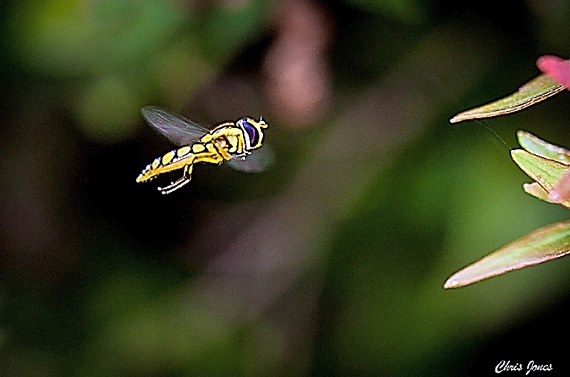
Digital Photography Courses have seen a great improvement in the submitted macro images on the Photo Critic website. The standard of work is getting better and better with the more challenging subject matter being submitted every week. One thing which certainly caught my eye was the work Chris Jones has been adding within the macro group page. What is unique about Chris’s work is a number of images depicting insects mid-flight.
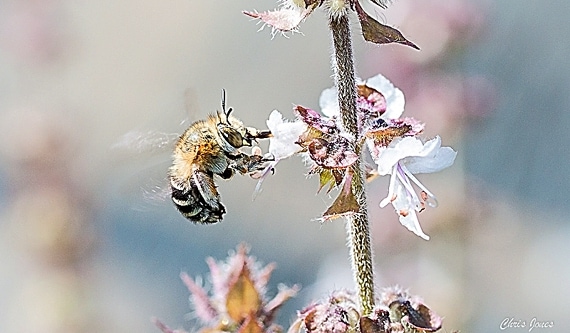
Chris has been adding shot after shot of insects in flight demonstrating a huge amount of patience and dedication.The images have even been featured and move on to become shot of the week. What impressed me about the images is the variety of insects Chris has captured which demonstrated a broad understanding of the topic.
This inspired me to ask him about his equipment, technique and tips he may have to offer, and this is what he wrote back:
“I sort of stumbled into macro earlier this year, after being most interested in photographing birds and animals up till then and having also dabbled a little in landscapes. After attending John’s Macro Photography Course a few basics started becoming very apparent, firstly I had not known about the limitations of working distance and had not fully considered issues relating to depth of field, had I even bought the right lens?”
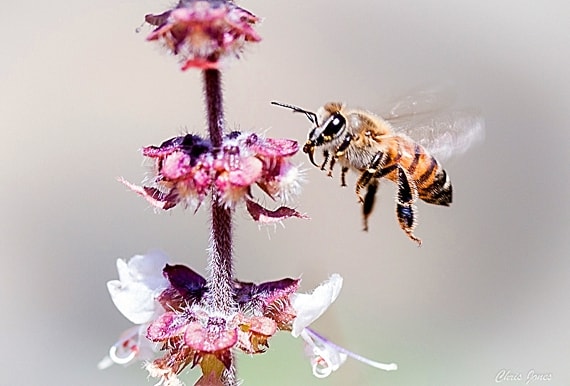
My Equipment
The equipment I use was not carefully selected; I had a second camera a Canon T1i that I seldom used. I purchased a Canon 60 mm macro off Bid-or-Buy for just over R 2000 and this has become my macro setup, I haven’t taken the macro lens off this camera since. I do have a small off camera flash but mostly use the on board one. This setup is light and easy to use out-of hand; I find this fairly important when chasing insects around, where you need to focus quickly before the moment is gone.
If I had the chance to start again I would like to try the Tamron 90 mm, Sigma 105 mm and the Canon 100 mm options before deciding, particularly as the working distance with the Canon 60 mm macro is perhaps a bit too close. This is a factor I have since discovered to be very important.
Lenses |
Weight |
Effective Working Distance |
| Canon 100 | 600 g | 6 cm |
| Sigma 105 | 450 g | 12 cm |
| Tamron 90 | 420 g | 9.5 cm |
My Technique
I find that during mid-summer there is little insect activity until the sun has dried off the previous night’s dew or rain drops, so I normally try and shoot after nine in the morning and often late in the afternoon after work. The wind usually kills sharpness in macro photography however it doesn’t matter too much if the insects are flying as your shutter speeds tend to be very high. Although it can be difficult to focus on the flowers and to compose your shot if they are moving too much.
Firstly, find yourself some vegetation that is in bloom, I have some sweet sage in a pot that has been flowering for a long time outside my back door, and it attracts lots of insects, mostly bees and flies. This is a great spot to set yourself up.
Secondly, think about the background as controlling this will make a big difference to your results. I use the frosted glass from an old shower door as it helps to remove clutter in the background and keeps main elements within the frame.
It is easiest to capture insects in flight when they are taking off or landing (same as birds); what I try to do is to manually focus on the insect when its settled on a flower or leaf and wait for it to flinch (or my dog to create a disturbance). Sometimes I focus on flower where I think it might land and wait for the insect to arrive. And then wait, and be prepared to act with lightning reflexes. Set your camera to Drive Mode / Continuous Mode so you can take several shots quickly if required, my success rate is not that high, percentage wise. One of digital photography’s big advantages is the ability to discard the ones you don’t want.
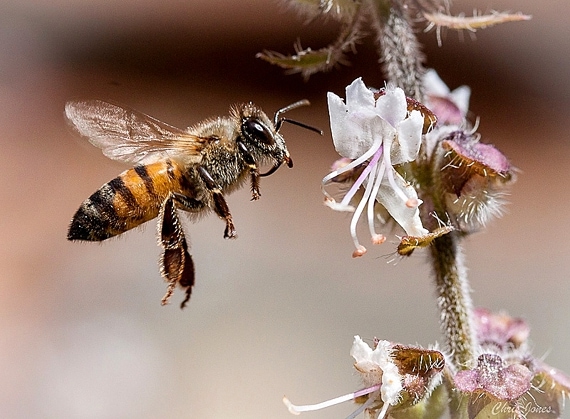
My settings
In full sunlight, I don’t use a flash, especially if I can position myself so the sun is from behind me or even from the side. I find spot metering the most accurate as your subject is normally relatively small and in the centre of the viewfinder, for this reason, I also use the centre focus point. I keep my camera on Drive Mode / Continuous mode for so I can take multiple shots quickly if required.
I tend to shoot in manual mode with manual focus this makes the shutter release more responsive as I find the auto-focus too cumbersome and slow. I keep the ISO low (around 200) but I will go up to around 400 in (400 in = 10,2 m) overcast conditions. The shutter speed needs to be quite high, around 1/800sec to catch insects in flight. The aperture needs to allow for some depth of field for moving insects so I try to get F8 despite my high shutter speed.
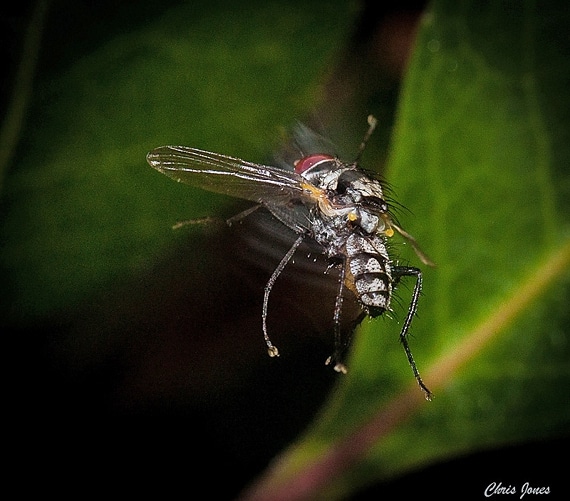
Lessons Learnt ( By Chris Jones )
-
It is most important to check your results every couple of shots; I have messed up many shots with the shutter speeds too high for the light available, leaving me with underexposed images which I had not noticed.
-
Take lots of shots especially when handheld. Shooting digital allows for the “spray and pray” approach.
-
Be aware that an insect will often take off once you fire the flash so be prepared to for the second shot to come straight away or just take two consecutively anyway, maybe you get lucky.
-
Anticipate what you think you subject may do next and be prepared by focusing on part of the plant beforehand in preparation.
I hope you find this article inspiring and useful. If you have the dedication and patience to tackle this, the end results can be very rewarding. Chris has been at this week after week with more and more impressive results being uploaded to the Photo Critic site. Give it a go and we look forward to seeing your results.
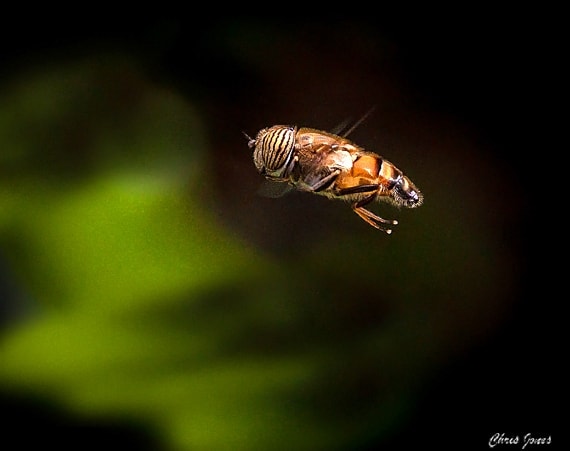
Did you enjoy this post? Subscribe to DPC | Digital Photography Courses to receive our monthly newsletter and other informative photography tips and tutorials.



I found this article inspiring and useful. If you have the dedication and patience to tackle this, the results can be very rewarding. Photographing Insects In Flight is no exception. It may need to apply different techniques and different equipment as well as practice for years and years.
Excellent advice